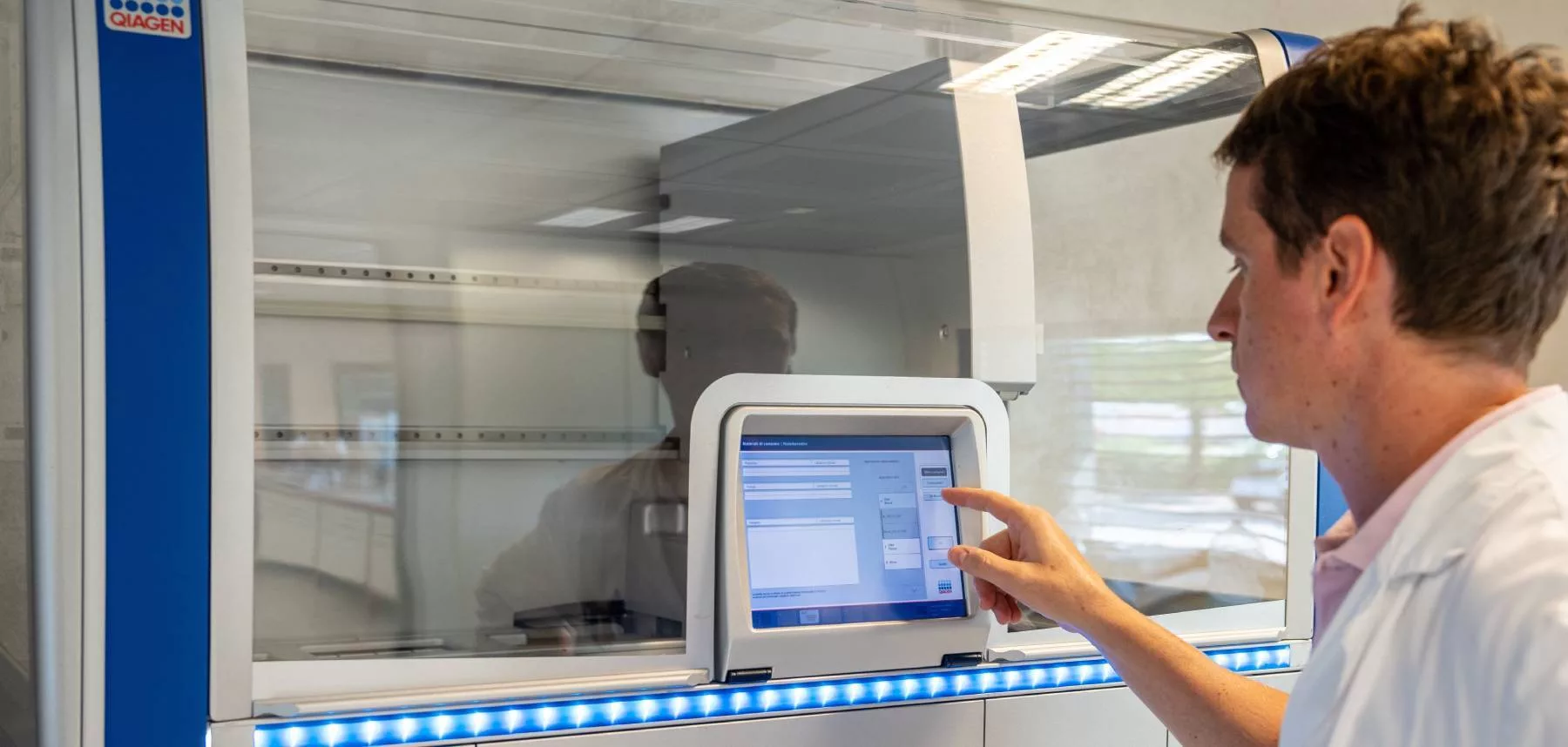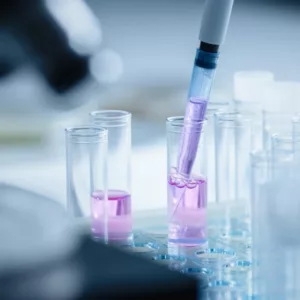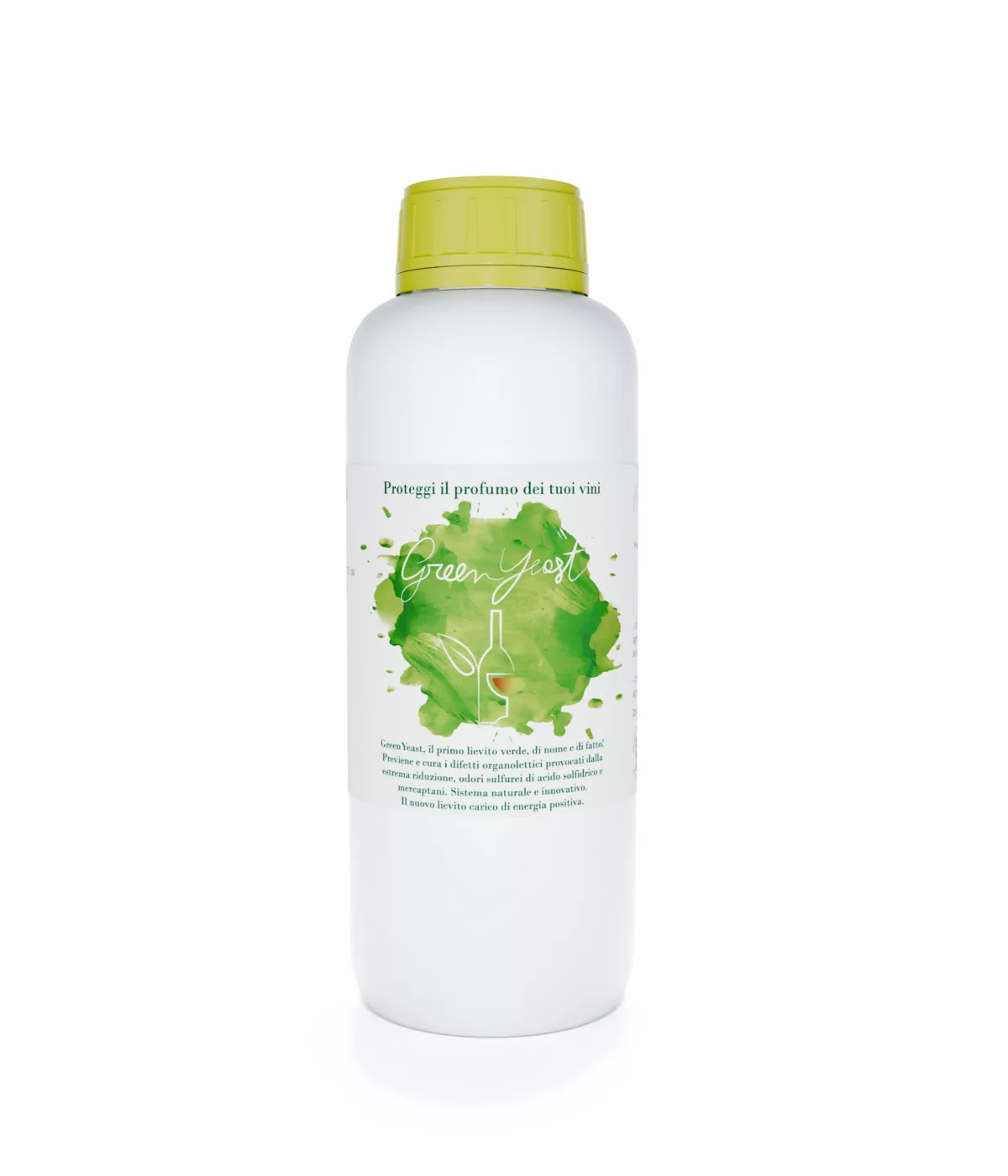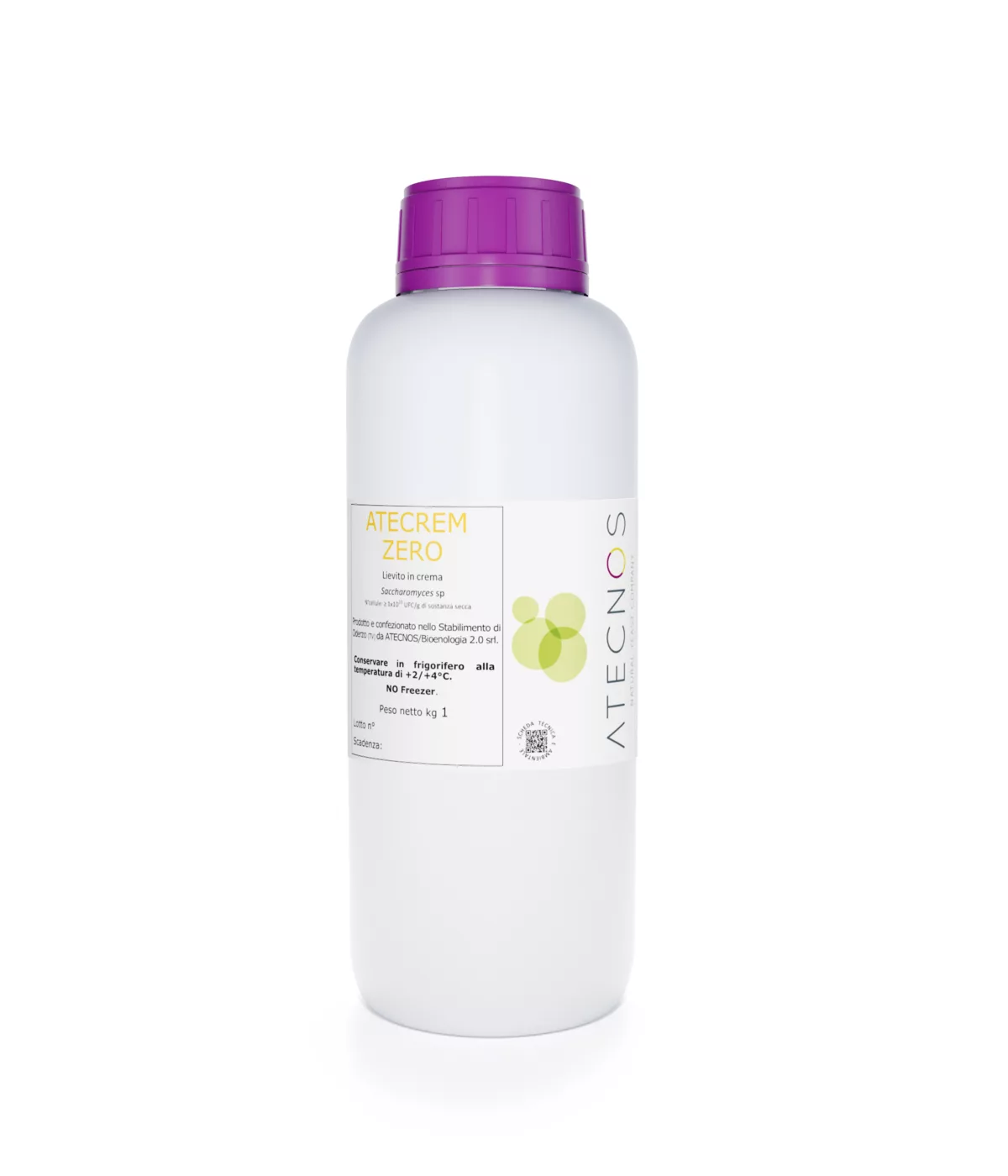Defending against "Brett"

The traditional methods for identifying and enumerating Brettanomyces in wines are based on a culture-dependent method using selective media, which typically requires one to two weeks. Detecting the specific presence of this yeast early allows the adoption of measures aimed at eliminating the product alteration.
The method used includes:
- Amplification of a specific DNA region for the Brettanomyces species
- Subsequent use of a fluorophore, which intercalates into the amplified fragment allowing its quantification
- An internal control procedure to evaluate the success rate of each individual analysis
Advantages
- Time saving
- Competitive cost
- Sample detection starting from 100 CFU/ml
- Various types of matrices can be analyzed (wine, must, barrel, barrique)
- Only small sample quantities needed
- High specificity
- High reliability
Brettanomyces (commonly called Brett or Dekkera) is responsible for one of the most important and common defects. Its production of 4-ethylphenol, 4-ethylguaiacol, and guaiacol causes a significant organoleptic deterioration that, regardless of the region and grape variety, expresses the same strong and distinctive olfactory characteristics. Laboratorio Polo has equipped itself with brand-new and sophisticated instrumentation, which allows preventive and timely action against Brettanomyces yeasts, responsible for the notorious "horse sweat" defect. Thanks to a robotized genetic investigation, a simple wine sample is sufficient to determine whether the contents of the barrel or barrique are destined for organoleptic deterioration.
The analysis is performed under the supervision of our molecular microbiologists.
The low cost of the analysis allows to:
- Monitor all barrels/barriques
- Determine well in advance which ones may present the 4-ethylphenol, 4-ethylguaiacol, and guaiacol defect
- Isolate contaminated barrels/barriques (but which do not yet show the defect)
- Proceed with wine sanitation
For decontamination, we provide:
- The protocol, guaranteeing up to 100% recovery, in addition to the possible intervention for wine “cleaning”
- The transfer of know-how for barrel/barrique decontamination at a practically symbolic cost
A subscription plan is available for ongoing and continuous monitoring.
Table for Contamination Assessment



